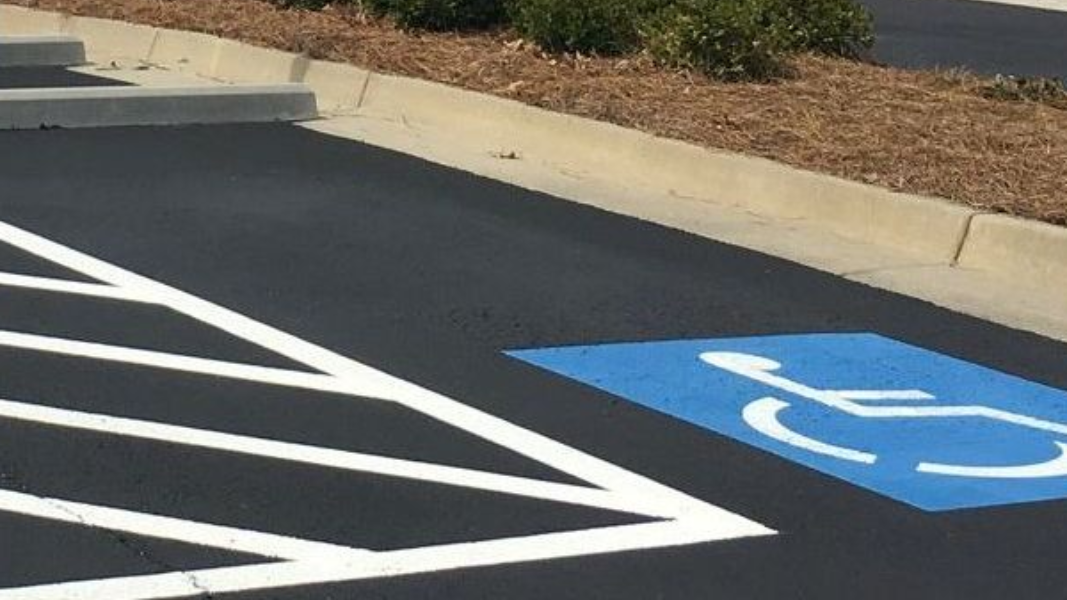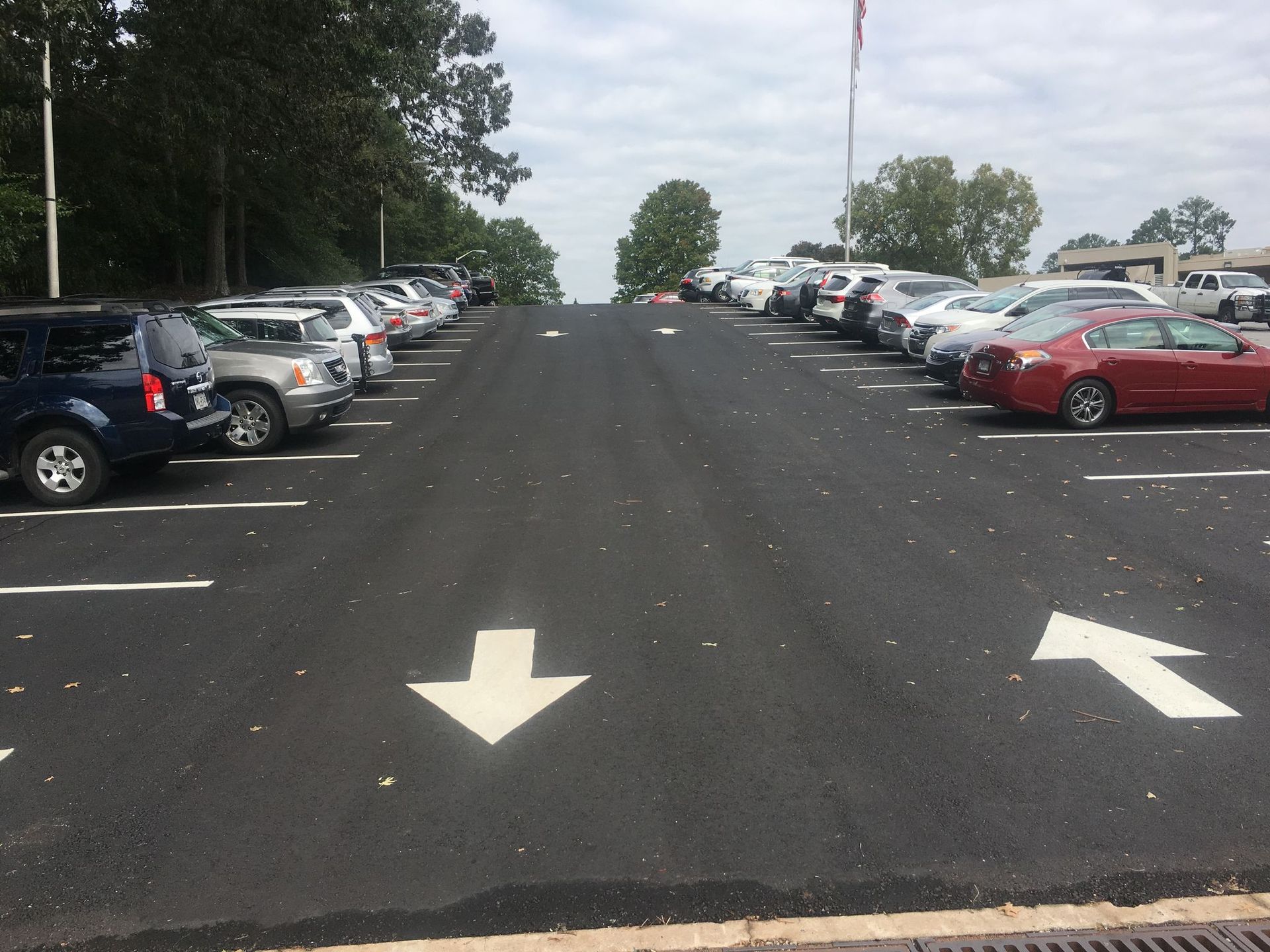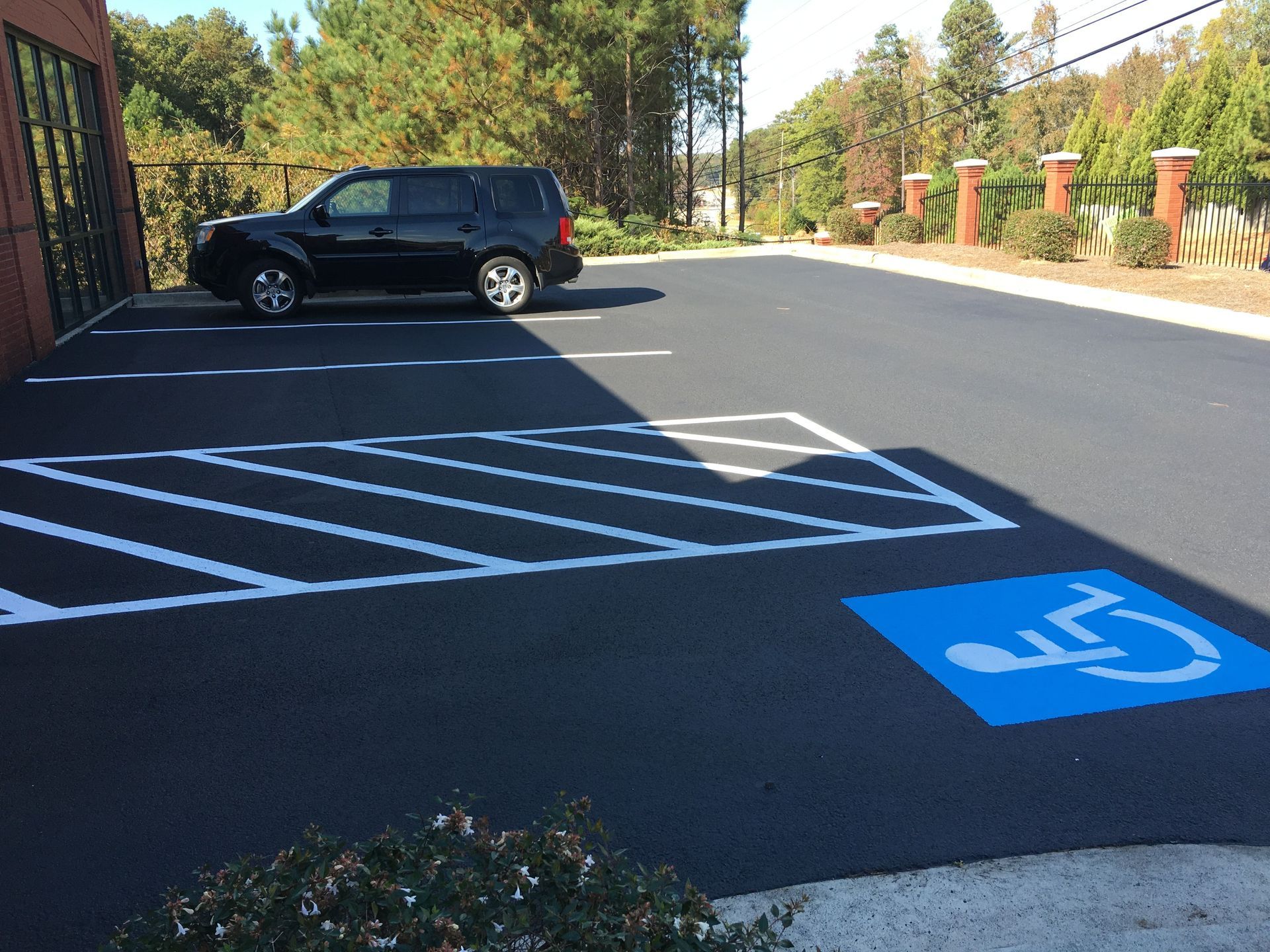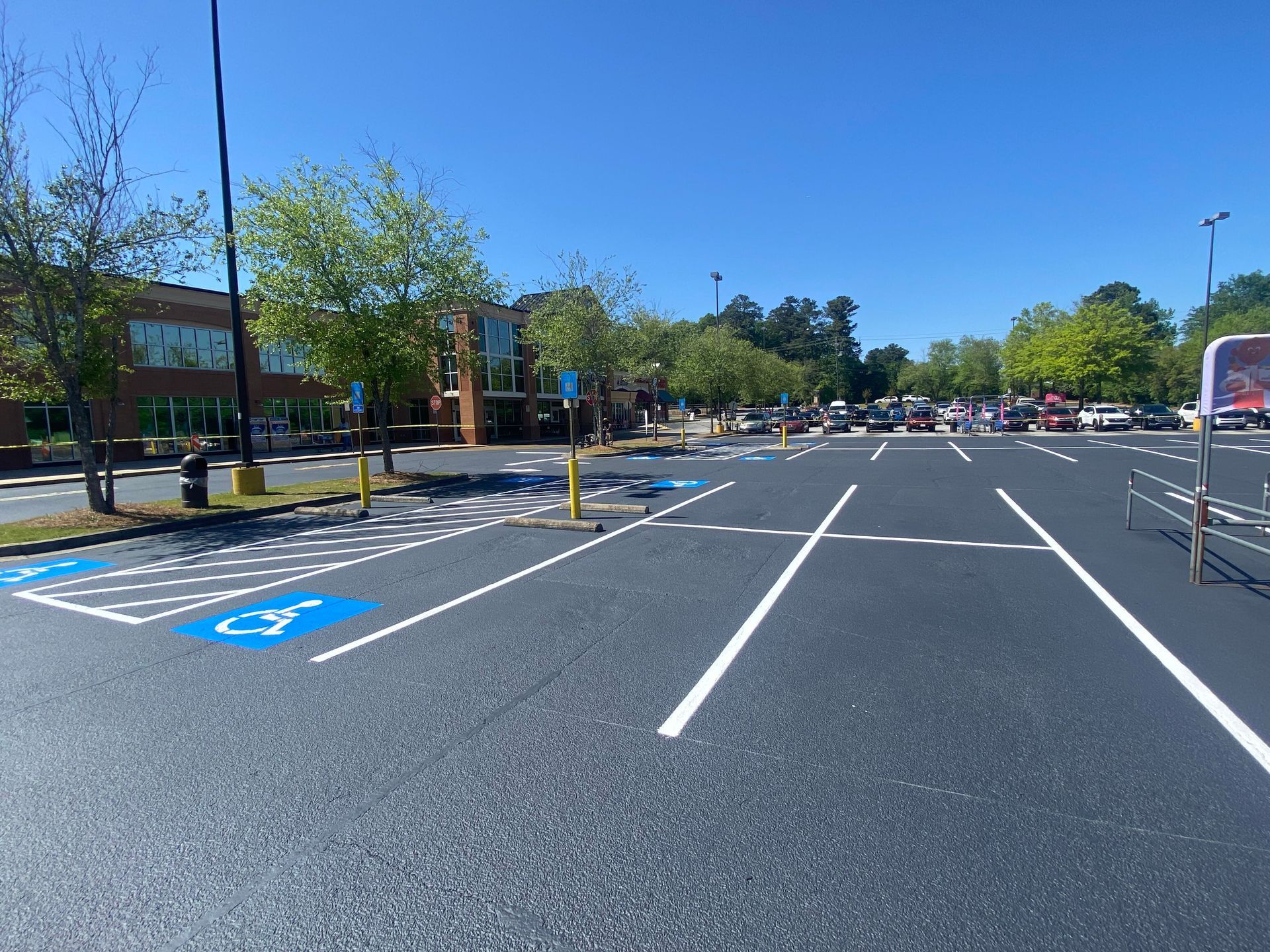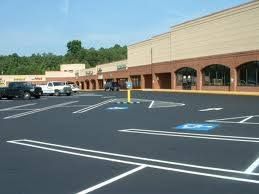Your Ultimate Checklist for Designing and Building a Parking Lot
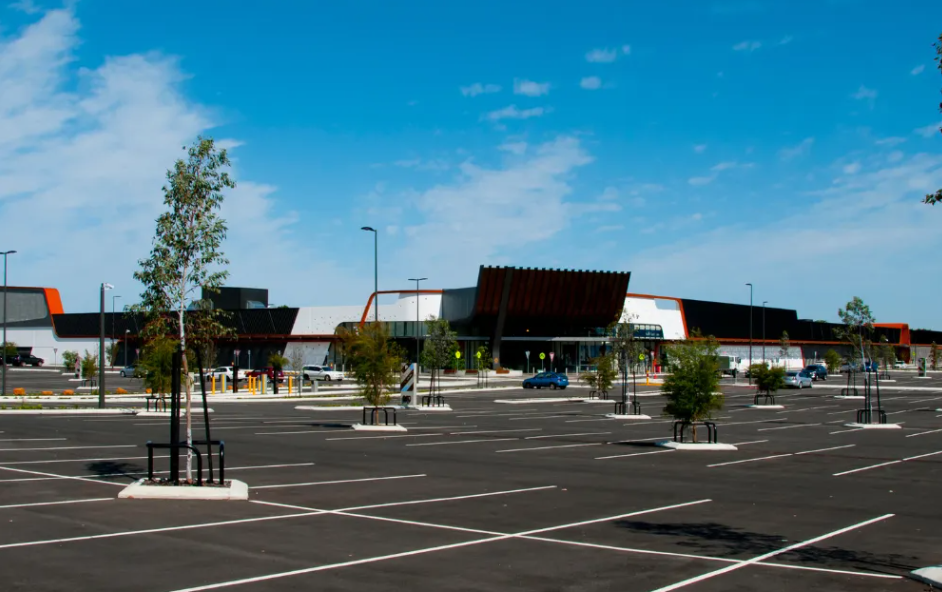
A well-designed and durable parking lot is more than just a paved surface—it’s a key part of your business’s operations. A properly planned parking lot ensures efficient traffic flow, provides a safe and welcoming environment for visitors, and reflects positively on your business. On the flip side, a mismanaged parking lot project can lead to costly mistakes, safety concerns, and potential fines for non-compliance.
This is where a checklist becomes invaluable. A detailed checklist ensures you plan thoroughly, avoid common pitfalls, and set the foundation for a parking lot that meets all your needs. It’s an essential tool to help you maximize your budget, comply with local regulations, and achieve a durable, aesthetically pleasing result. Below, we’ve compiled the ultimate checklist for designing and building a parking lot, along with key questions you must ask your paving contractor.
Planning the Parking Lot Design
Before you break ground on your project, thoughtful planning is essential. Start by addressing the following core factors:
1. Evaluate the Purpose and Usage
- Who will use the parking lot?
Consider the type of vehicles that will park there—passenger cars, delivery trucks, or larger commercial vehicles. This impacts the layout, materials, and load-bearing capacity. - What is your business’s traffic flow?
Understand peak hours and ensure you have enough parking spaces to accommodate demand. Plan for future growth as well.
2. Comply with Local Regulations and ADA Requirements
- Know the rules.
Research zoning laws to ensure your plans align with local requirements. You may need specific permits to begin work. - Provide accessibility.
The Americans with Disabilities Act (ADA) mandates designated parking spaces for individuals with disabilities. This includes proper signage and space dimensions to ensure accessibility for all visitors.
3. Identify Budget and Timeline Constraints
- Budget realistically.
Understand the overall cost of the project, including unforeseen circumstances like weather delays or rising material costs. - Stay on schedule.
Work with your contractor to create a realistic timeline for completion and avoid disruptions to your business.
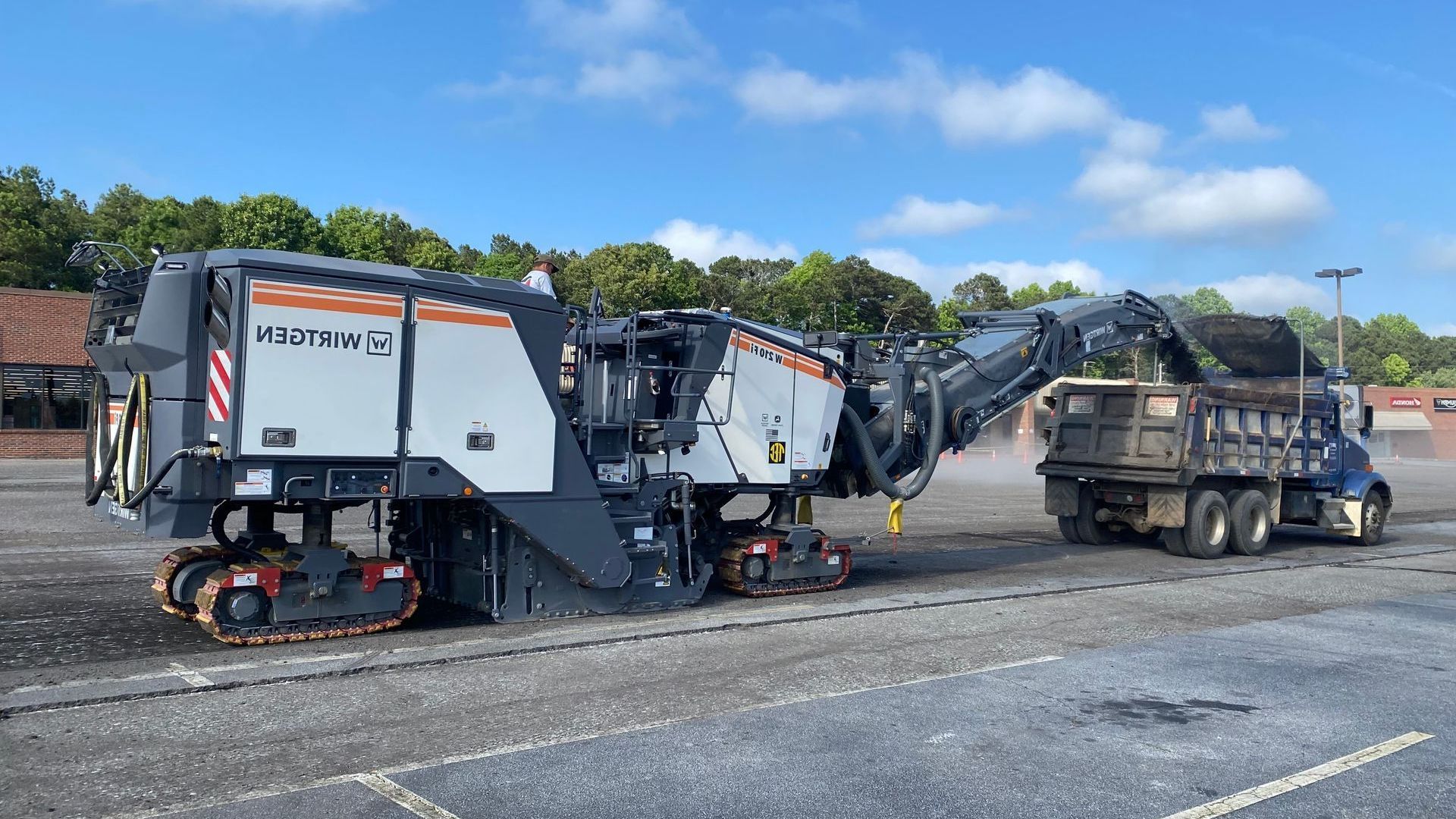
Essential Design Considerations
Once you’ve laid the groundwork in your planning stage, it’s time to nail down the design details that will ensure longevity, usability, and safety.
1. Drainage and Water Management
- Why it’s important.
Without proper drainage, standing water will damage the surface, leading to cracks and costly repairs. - What to consider.
Ensure the design includes proper slope gradients and drainage systems like stormwater curbs and catch basins to effectively manage runoff.
2. Materials and Durability
- Choose wisely.
Decide whether asphalt or concrete will be better for your parking lot. Asphalt is cost-effective and quick to install, while concrete offers added durability for high-traffic or heavy-use areas. - Extend lifespan.
Opt for seal coating to protect the surface from weather and wear and tear.
3. Traffic Flow and Safety
- Plan for efficiency.
Create a layout with clear entry and exit points to avoid bottlenecks. - Prioritize safety.
Add features like speed bumps, clear signage, crosswalks, and well-marked pedestrian zones to minimize accidents.
What to Ask Your Paving Contractor
Your contractor plays a huge role in the success of your parking lot project. Asking the right questions ensures you’re partnering with someone who can deliver quality work.
1. Experience and Expertise
- Request examples of similar projects they’ve handled.
- Verify their knowledge of local building codes and regulations.
2. Services Offered
- Confirm whether the contractor provides end-to-end services, from site preparation and grading to paving and line striping.
- Ask about ongoing maintenance or repair services after the project is complete.
3. Cost Breakdown and Guarantees
- Request a detailed quote that breaks down material costs, labor, and additional charges.
- Clarify whether warranties are offered on both materials and workmanship.
4. Timeline for Completion
- Ask how long the project will take, barring unexpected delays.
- Make sure they have a plan to manage adverse weather conditions or other disruptions.
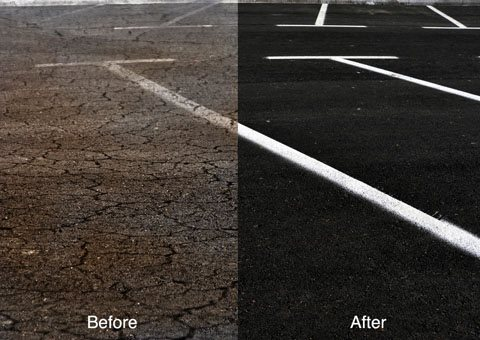
Benefits of a Thorough Checklist
When undertaking a major project like building a parking lot, a checklist offers multiple advantages:
1. Ensures Comprehensive Planning
With a checklist, you won’t accidentally skip over critical details, such as drainage systems or ADA compliance. It breaks down the process step by step, keeping everything in check.
2. Avoids Costly Mistakes
Incorrectly sloped surfaces or underestimating traffic flow can lead to expensive repairs or redesigns. A checklist catches these issues before they arise.
3. Achieves a High-Quality Result
Proper preparation directly impacts the final outcome. By remaining organized and thorough, you’ll end up with a parking lot that is functional, visually appealing, and long-lasting.
Pro Tip – Partnering with a Reliable Paving Contractor
Your checklist is only as good as the paving contractor you choose. Selecting a reliable partner ensures your vision comes to life without unnecessary stress. Look for contractors who prioritize communication, offer transparent pricing, and have a proven track record. Their expertise can be the difference between a smooth project and a logistical nightmare.
Conclusion
A thoughtfully designed and well-constructed parking lot is a valuable asset to your business. Using a detailed checklist ensures your project stays on track, avoids costly mistakes, and meets all functional and aesthetic goals. With proper planning and the right paving contractor by your side, you can create a parking lot that supports your business’s success for years to come.
Need professional guidance or assistance with your parking lot project? The Paving Guys are here to help. Contact us today to start your checklist and ensure a seamless parking lot construction process.
FAQs
Why is proper drainage crucial in parking lot construction?
Proper drainage prevents water from pooling on the surface, which can lead to cracks, potholes, and weakened materials over time. Incorporating features like slope gradients, curbs, and catch basins ensures water flows away effectively, protecting your parking lot and saving you money on repairs.
Should I choose asphalt or concrete for my parking lot?
he choice depends on your needs. Asphalt is cost-effective and quicker to install, making it great for light traffic areas. Concrete is more durable and better suited for heavy loads or high-traffic zones. Both can be enhanced with protective coatings to extend their lifespan. Consult your contractor to determine the best option for your location and budget.



